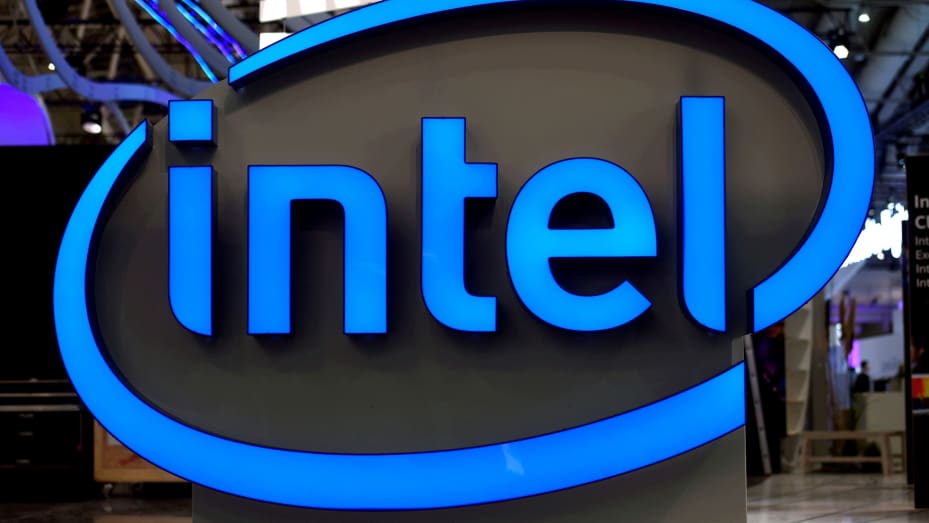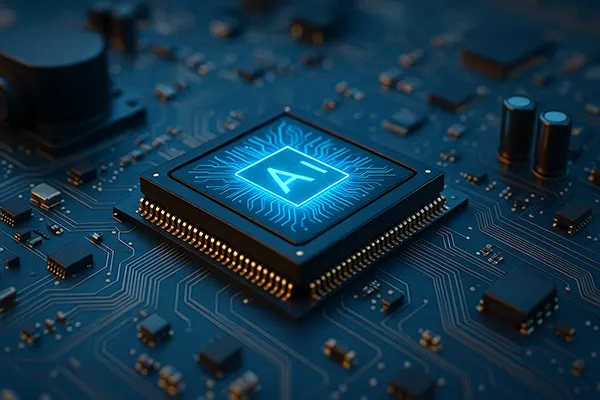
Intel does have some really good graphics cards, and they’re even better in some ways than the GeForce RTX 30 and Radeon RX 6000. Arc A750 and A770 reviews are out
After years of promise, a new era of graphics card competition has finally arrived. Today we take a look at Intel’s first full-fledged desktop graphics cards: the Arc A750 for $289 and the Arc A770 Limited Edition for $329. Sure, the entry-level Arc A380 has already trickled onto shop shelves, and Arc laptops appeared earlier this summer, but for gamers, the launch of the Arc A7 series is Intel’s first real challenge to the entrenched Nvidia/AMD duopoly.
Intel hasn’t fully glued the landing.
For now, the company’s software issues are well documented and have contributed to the launch of the Arc a full year later than expected. Some rough edges remain, and Intel’s unique GPU architecture won’t reach its full potential in every system or game.
But at best the Intel Arc A750 and A770 provide truly compelling value in a mid-range graphics market that remains largely underwhelmed by AMD and Nvidia during a debilitating years-long GPU shortage.The Arc’s initial ray tracing performance already eclipses that of Nvidia.
Pricing
These debut Arc A7 graphics cards use Intel’s Xe XPG architecture. The flagship Arc A770 includes 32 Alchemist Xe cores and is available in 8GB ($329) and 16GB ($349) variants.
The Intel Arc A770 Limited Edition comes with 16GB, although the company says the 8GB version should deliver pretty much the same performance in most games at the 1080p and 1440p resolutions this GPU is designed for.
The $289 simplified Arc A750 has 28 Xe cores and is only available with 8GB of GDDR6 memory.

Features
The Intel Xe HPG architecture can’t be directly compared to Nvidia or AMD architectures, so don’t get carried away trying to split graphics processor configurations between competing ranges. It’s also worth noting that clock speeds represent the average value expected for low and high load tasks.
Like all modern GPUs, the Arc dynamically adjusts its clock speeds depending on what you’re doing. However, there are some key nuances of the Xe HPG that gamers need to be aware of. To start things off on a positive note, Arc’s raw ray tracing power outshines even Nvidia’s lauded RTX 30-series RT cores, although the company’s accompanying XeSS scaling feature is in its infancy and is only supported in a few games such as Hitman 3, Death Stranding and Shadow of the Tomb Raider.
Running Intel’s Arc
Each Arc GPU can support up to four HDMI 2.0b and DisplayPort 2.0 outputs, one of which can be an HDMI 2.1 output with optional controller integration called PCON. They can output up to 360Hz at 1080p and 1440p or power a pair of 4K/120 or 8K/60 panels.
The DisplayPort ports also support variable refresh rate monitors, but because Intel decided to equip the Arc with HDMI 2.0b rather than 2.1, your adaptive sync display won’t work properly unless these PCON settings are made. Intel’s own Arc A770 and A750 Limited Edition come with an optional HDMI 2.1 controller.
Popular articles
-
 How Artificial Intelligence Transforms Hom...
How Artificial Intelligence Transforms Hom...By 2025, artificial intelligence has become a central component of modern home …
Learn more -
 How to transfer a site to another hosting?
How to transfer a site to another hosting?The Internet is a great place to grow your business, which is …
Learn more -
 Edge AI: Autonomous Models Operating Witho...
Edge AI: Autonomous Models Operating Witho...Edge AI represents one of the most transformative shifts in artificial intelligence, …
Learn more
